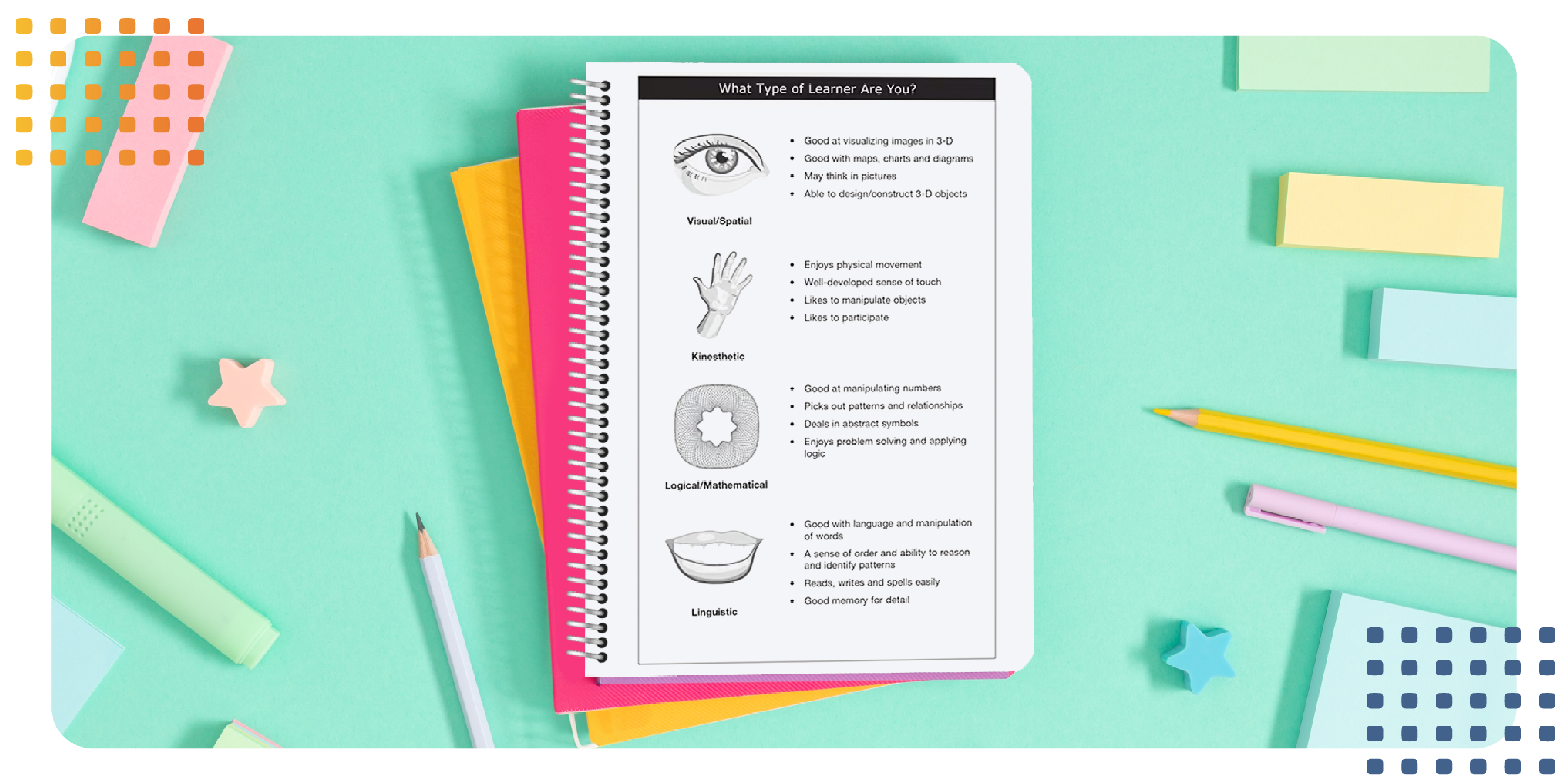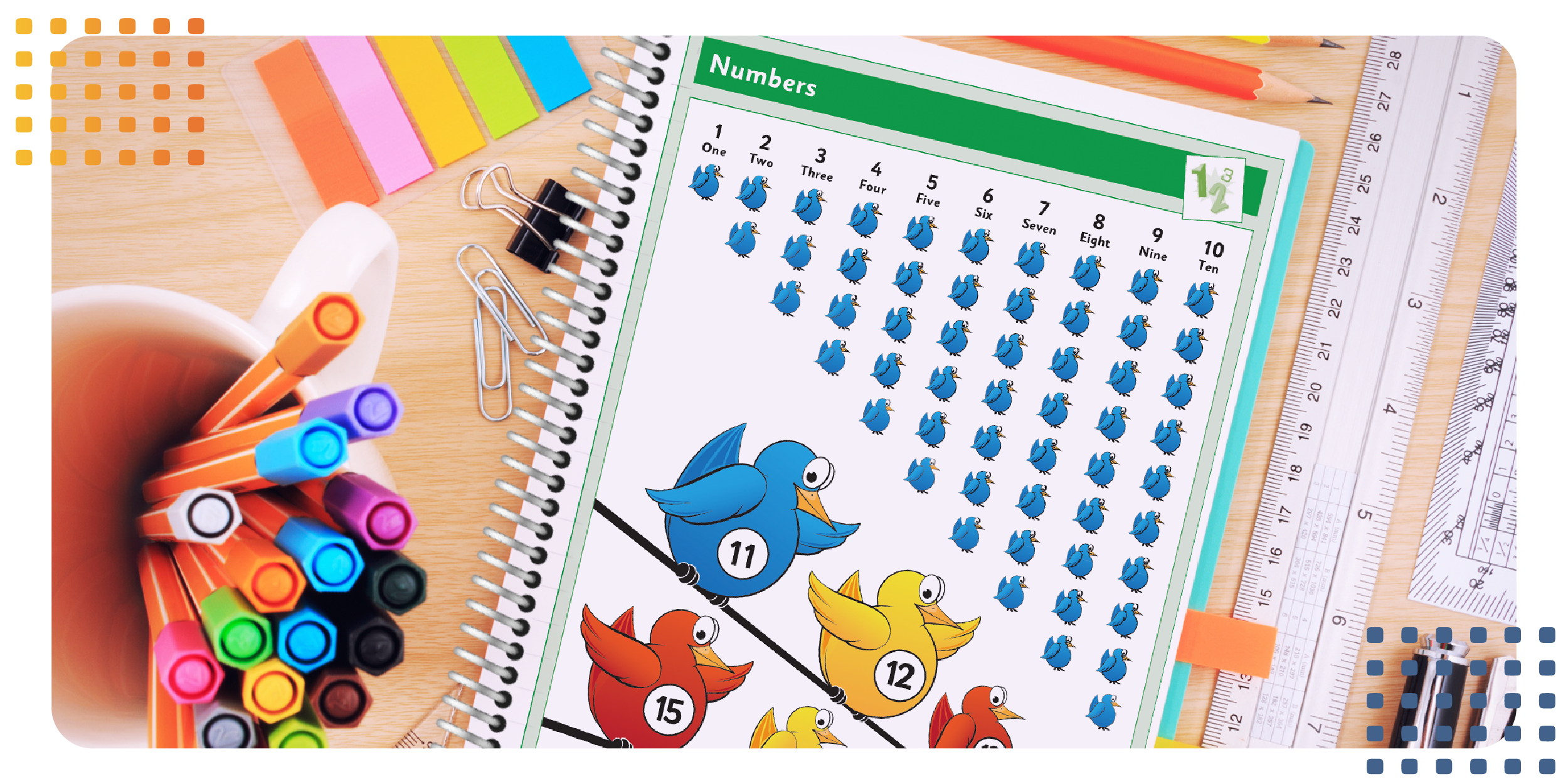The pandemic presented a variety of challenges for people that include personal, professional, and academic struggles. The unprecedented effect of the pandemic is leaving a huge gap in learning for many students. Children of all ages are struggling to maintain some sort of normalcy while striving to get a quality education. No matter the student’s age or the type of school setting they are learning in, there are several strategies an educator can use to help mitigate learning loss.
Learning loss, especially in the wake of the COVID-19 pandemic, has become a significant challenge for educators. To help students catch up and continue progressing, schools can implement a variety of strategies designed to address and mitigate this issue. Here are seven strategies that can make a difference.

1. Teach Core Skills Using Spiraling Methods
Spiraling is a method of teaching that focuses on the regular reviewing of certain topics throughout a curriculum. Children will revisit the same material several times throughout the semester or year. This method is basically the opposite of “cramming” for a test. Teaching material intensely in a short amount of time may only remain in the student’s short-term memory. A month or so later, students may not remember the material.
Spiraling is a better way to get material into long-term memory. When using the spiraling method, you can start with basic or superficial material and delve deeper each time you teach the material. There is research to back up spiraling methods and different ways to implement this technique into the learning process.
2. Emphasize Content that is a Prerequisite to Future Learning
Many types of skills build on one another and are essential for future learning. According to District Management Group, one of the first things you should do as an instructor is identify all content that is a prerequisite to further learning.
Determining basic learning standards and courses students will need to take in the next year will help decide exactly what to include. For example, multiplication skills are a prerequisite for learning long division. The ability to write a draft, do research, and understand basic punctuation are all prerequisites for writing a quality essay.
Consider High-Dosage Tutoring
High-dosage tutoring involves frequent and intensive tutoring sessions that provide personalized instruction tailored to each student’s specific needs. This approach is particularly effective because it allows for individualized attention and immediate feedback, helping to close learning gaps more quickly. Tutors can focus on areas where students struggle the most, reinforcing classroom learning and building confidence.
3. Create Catch-up Courses & Accelerated Learning Programs for Specific Material
After deciding on prerequisite content, it’s necessary to create lessons and courses that will enable students to learn this content as quickly and thoroughly as possible. Creating mini-lessons is a great way to focus on specific material in a short amount of time. For example, if a math class or a math block is an hour each day, devote the last 10 minutes several times each week to a mini-lesson that focuses on catch-up work.
Accelerated learning programs are designed to help students catch up by focusing on key concepts and skills necessary for their current and future learning. These programs prioritize essential content, allowing students to quickly acquire the foundational knowledge they need to succeed in more advanced topics. By streamlining the curriculum and concentrating on critical areas, schools can help students regain lost ground more effectively.

4. Leverage Technology & Customized Planners in the Classroom
When students use materials that are developed specifically for their needs they are more engaged because the content is completely relevant to them. To help students master core concepts they may be struggling with, include subject-specific resources that are tailored specifically for their grade level. Students who are overwhelmed or struggling need support to manage their time and workload and a planner that is designed around their specific curriculum can help them stay on track and mitigate learning loss.
LEARN MORE: Custom School Planners for Students with Special Needs
Technology can play a crucial role in mitigating learning loss by providing access to a wide range of educational resources and tools. Online platforms and digital learning resources offer interactive and engaging content that can supplement traditional classroom instruction. Adaptive learning technologies can tailor lessons to each student’s needs, providing personalized practice and feedback. Additionally, virtual tutoring and online courses can offer flexible learning opportunities that accommodate different schedules and learning preferences.
5. Focus on Personalization
Personalized learning plans involve creating individualized educational pathways that cater to each student’s unique strengths, weaknesses, and learning styles. These plans can include customized assignments, targeted interventions, and flexible pacing to ensure that students receive the support they need to progress at their own pace. Personalized learning plans also help teachers identify specific areas where students need additional help, making instruction more efficient and impactful.
Using standardized lessons that focus on the entire class is not always the best approach. This is especially true when time management is critical. More than ever, instructors need to adapt lessons and make accommodations for each of their students. There are several ways instructors can more easily personalize lessons plans, teaching methods, and curriculum.
- Collaborate – Every educator who works with a child should help in creating a profile that identifies strengths, weaknesses, and learning styles of that particular child.
- Customize – After collaborating and creating a profile, you can then customize material. This may seem overwhelming, but even customizing material and teaching methods in a few areas may help mitigate learning loss.
- Assess – Start by conducting baseline assessments before personalized learning begins. Every few weeks to once a month conduct short assessments to determine if your learning techniques are successful.
- Intervene – After each assessment, plan intervention that is specific and pinpoints areas the child needs the most help with.
6. Promote Project Based Learning
PBL Works states that project based learning engages students in real-world problem solving by working on projects that can last anywhere from a week to a semester. The project should include problem solving, critical thinking, and a variety of collaboration and communication techniques. Examples would include planning and starting a garden, creating a family tree, and designing an app or a website. Creating long-term projects for students to work on can provide several benefits when attempting to mitigate learning loss.
- Incorporating Several Subjects at Once – When working on projects, students are often learning several subjects and applying different learning standards at the same time.
- Bridging Academics and Real-Life Situations – Connecting academics to real-life scenarios will provide motivation and an excitement for learning that rarely comes from a textbook or a lecture.
- Gives Hands-on Experience – Students almost always learn and retain more knowledge by “doing” instead of listening or even watching an activity.
- Improves Student Collaboration – Students not only learn from instructors, but from each other. Having students work with and learn from one another is a great way to help mitigate learning loss.

7. Involve Families and Communities
Engaging families and communities in the educational process is vital for supporting student learning and mitigating learning loss. Schools can build strong partnerships with parents and caregivers by maintaining open lines of communication, offering workshops and resources, and involving them in decision-making processes. Community organizations can also provide additional support and resources, such as after-school programs, tutoring services, and enrichment activities. By working together, schools, families, and communities can create a comprehensive support system that promotes student success.
As important as a quality educator is, successful learning is dependent on all the adults in a child’s life working together. A variety of learning partners is invaluable to the educational process. The following are a few ways families and communities can come together to help mitigate learning loss.
- Improve Family Communication – Start a blog detailing classroom activities and lessons or send out a weekly email with similar information. Keeping parents up to date with all relevant educational information will help parents in the learning process and help mitigate learning loss.
- Bring in a Class Parent – Invite parents to lead reading circles, start a book club, or help with math tutoring. If even a few parents can help for one hour every week or two, this can make a huge difference throughout the course of the school year.
- Invite Professionals into the Classroom – Whether it’s the chef from a popular restaurant or a nurse from a local clinic, bringing in professionals from the community is a great way to make learning more interesting for students.
- Send Students into the Community – Resilient Educator suggests several options for working with the community, including sending students to interview and work beside local professionals.
It’s more important than ever to mitigate learning loss that is occurring due to Covid. Using these strategies and adjusting them to meet the specific needs of your students can help them receive the best education possible.
8. Fostering Social and Emotional Learning
Social and emotional learning (SEL) is essential for helping students develop the skills they need to manage their emotions, build healthy relationships, and make responsible decisions. Integrating SEL into the curriculum can create a supportive and inclusive learning environment where students feel safe and valued. By addressing the emotional and psychological needs of students, schools can help them become more resilient and better equipped to overcome academic challenges.

Request a Custom Quote
Addressing learning loss requires a multifaceted approach that combines personalized instruction, extended learning opportunities, and strong support systems. By implementing high-dosage tutoring, extending learning time, offering accelerated learning programs, creating personalized learning plans, leveraging technology, fostering social and emotional learning, and engaging families and communities, schools can help students recover from the disruptions caused by the pandemic and continue to thrive academically.
To support these strategies, consider utilizing custom school planners and educational resources tailored to meet your students’ unique needs. Contact us today to request a quote and learn more about how our solutions can help you mitigate learning loss and promote academic success in your school.